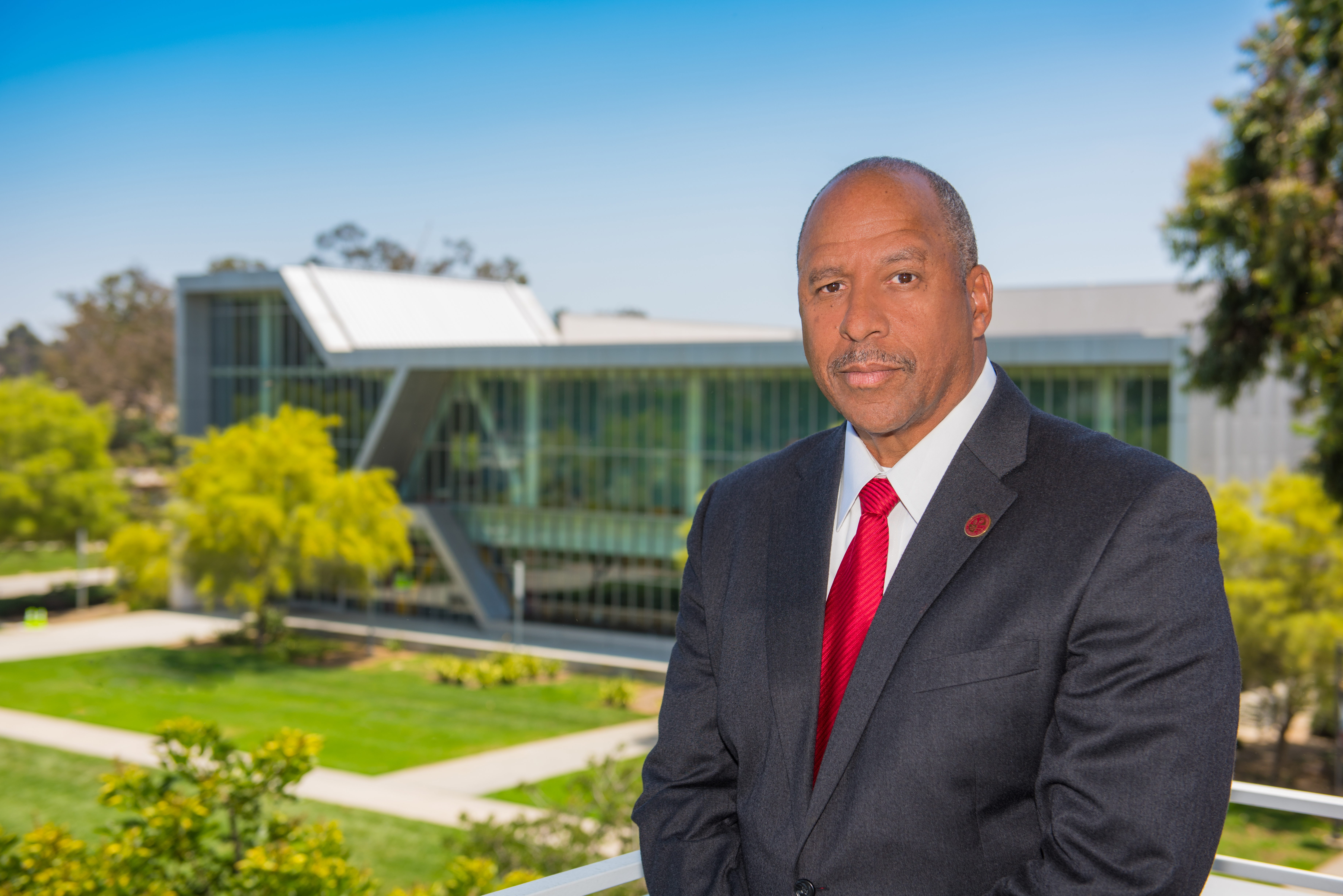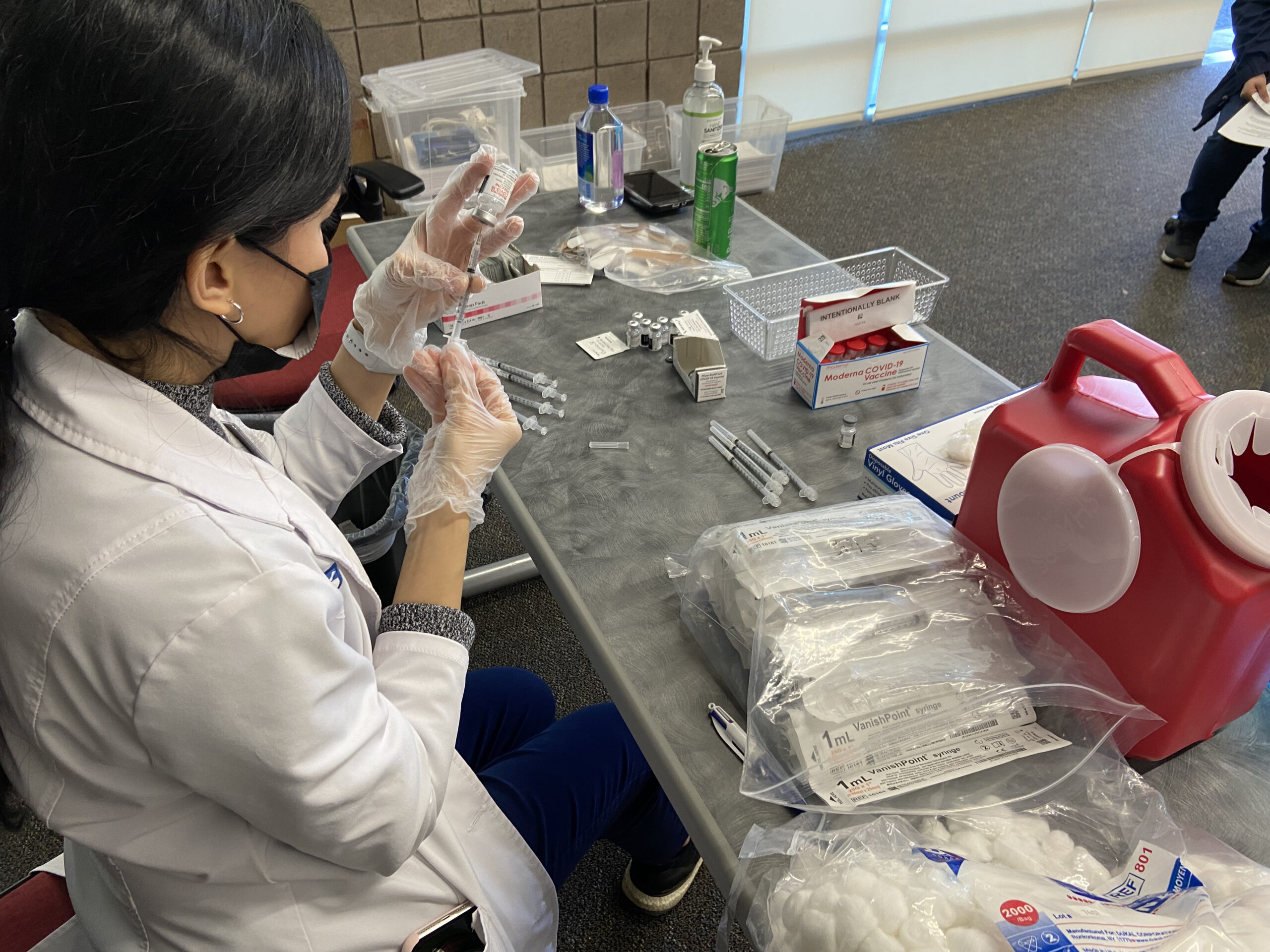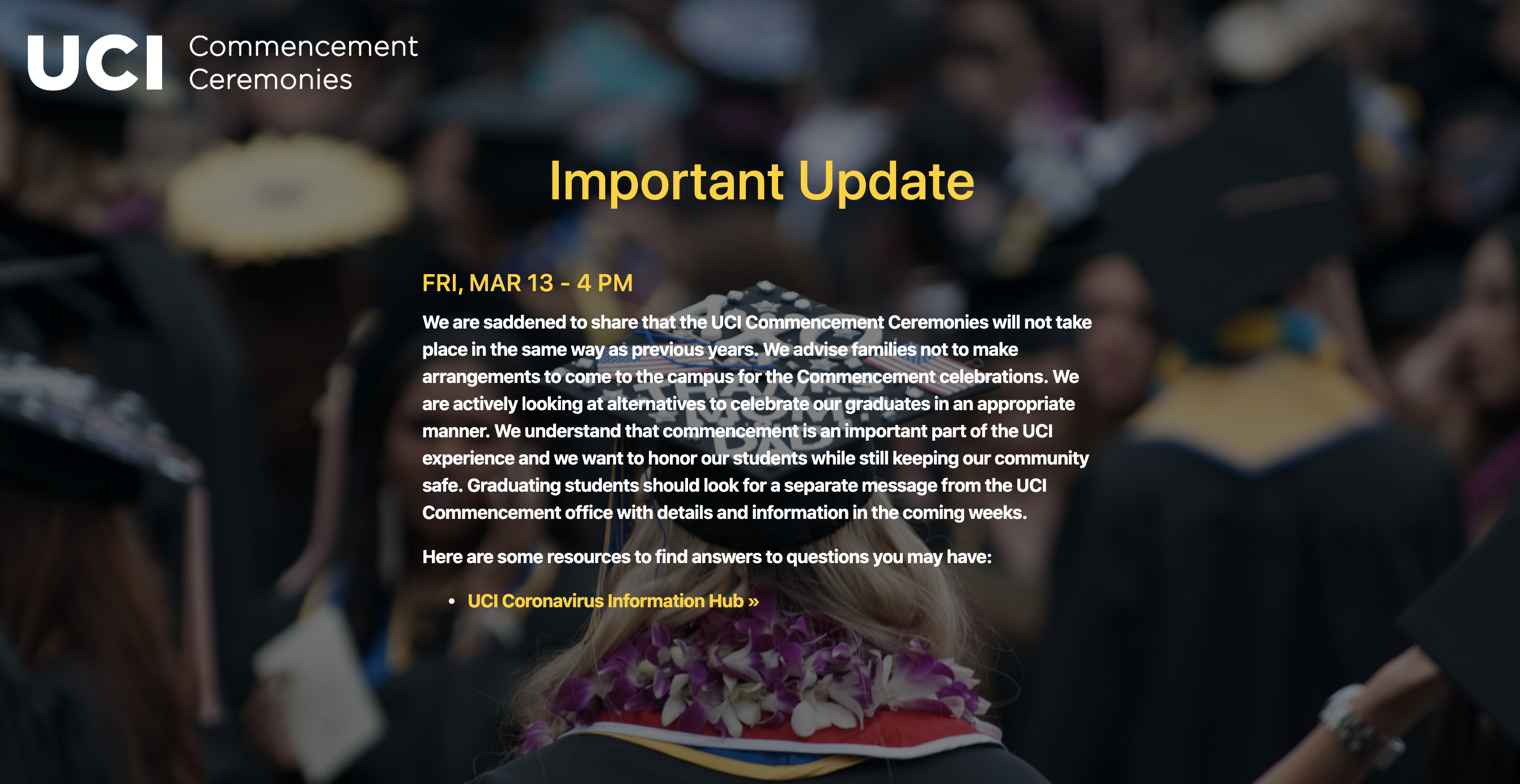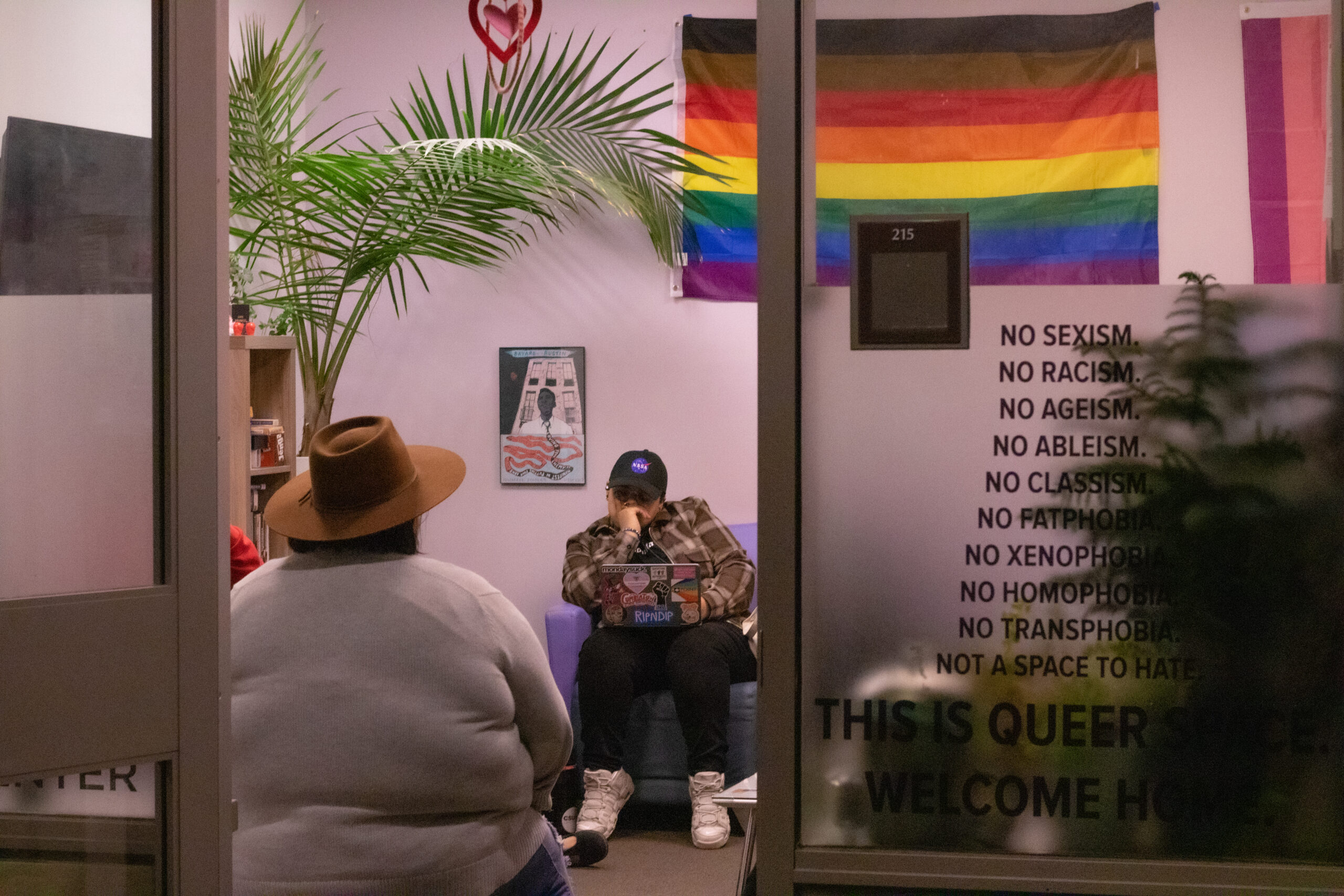Although it has been a most unwelcome guest for nearly two months, there remains a great deal we do not know about the coronavirus that has altered our lives so fundamentally. But there are some things we do know, including:
Eight out of 10 reported deaths in the U.S. have been people who were 65-years old or older;
Black Americans are dying at twice the rate of any other ethnic group;
About 78 percent of the Americans who have been put into intensive care due to COVID-19 have had an underlying health condition, including compromised immune systems.
On their own, age, ethnicity and underlying health conditions don’t put a target on one’s back, but they are all risk factors, and reasons to not unduly expose one’s self to the virus. But combine all three and it would seem natural to want to lock your door, turn off your phone and basically hide out from the rest of the world until there is a vaccine or herd immunity has been reached
But some of us don’t have that option, particularly if we don’t have the relative privilege of staying at home and working. Those who so many Americans seem to have just realized are essential because they pick our crops, work at our Targets, drive our buses and bag, or deliver, our groceries.
Or run a university.
Now, we’re not comparing our president, Dr. Thomas A. Parham, to someone making just over minimum wage venturing into public daily
just to pay the bills. He’s far more educated, makes more money and does have the relative luxury of working at home.
But he also just turned 65, is Black, and nearly a year to the day that he announced the closure of this campus, he announced he had been diagnosed with cancer.
Again, none of those factors alone constitute a death sentence. Age is just a state of mind, right? And Parham doesn’t look any older to us than 25 (OK, maybe 30). In terms of ethnicity, it seems less that Black Americans are genetically predisposed to dying from the virus than this national crisis has fully exposed the socioeconomic effects of institutionalized racism and the character of racial inequality in this country; that is something a CSU president is in the position to help change rather than suffer from.
As far as the cancer, Parham told the Bulletin this week that his treatments ended last August, he continues to get regular checkups and his scans are clean and his “heath is great.”
Plus, it isn’t like Parham is being asked to do anything different from anyone else: stay at home, hunker down, and just ride this out.
Oh, except for this: be this school’s main information source, psychologist, educator and person responsible for shouldering the questions, anxieties, grievances and confusion of some 20,000 students, faculty, staff and others affiliated with this university
That can’t be easy; we doubt leading a university during a pandemic was part of the job description when he was hired.
But it is now.
So as this university, just as this state and this country, begins taking the, first tentative steps into a future that is certain only in its uncertainty, the Bulletin just wanted to say something that it doesn’t say too often:
Thank you, Mr. President.



